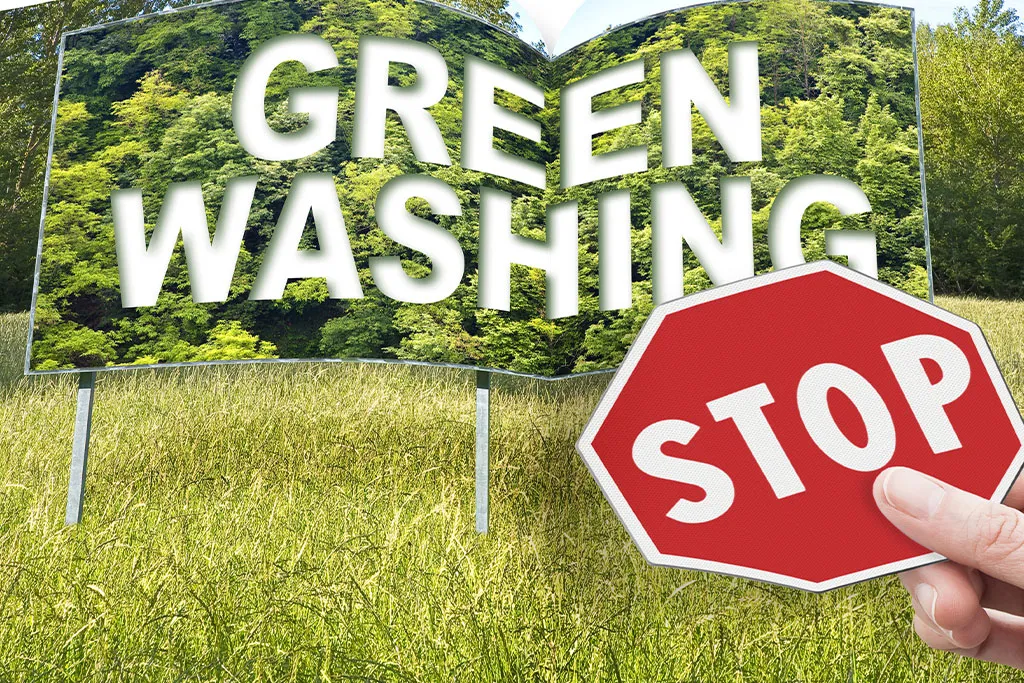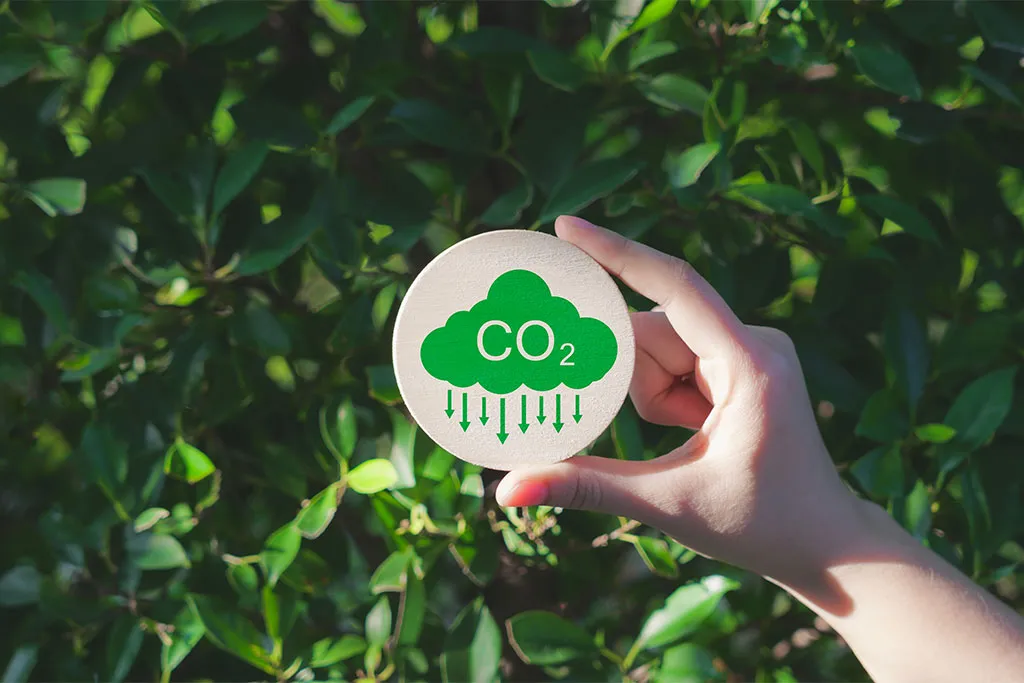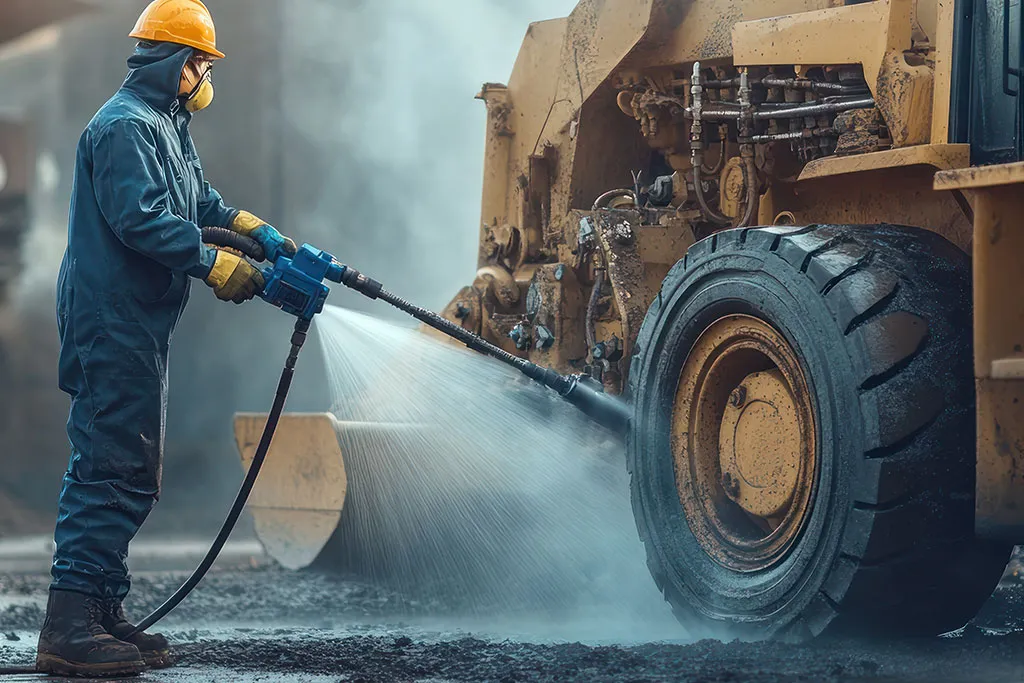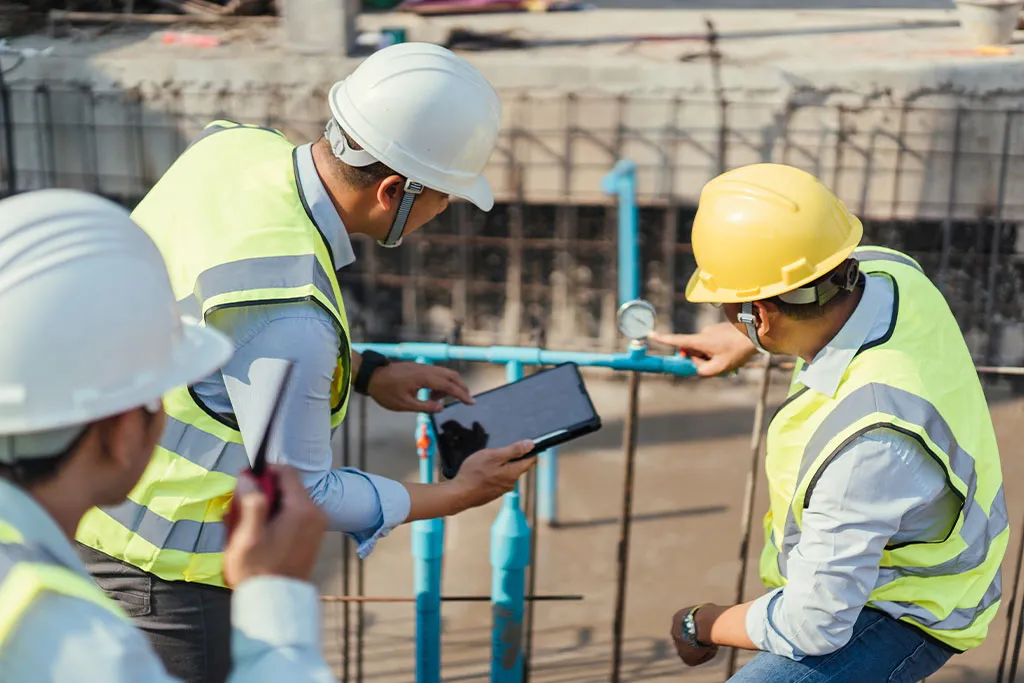Articles by Tom White
Page 2 of 4

Corrosion Protection in Shipbuilding: Integrated Strategies for Long-Term Performance
Corrosion protection in shipbuilding is a critical part of ensuring vessel integrity, safety, and operational efficiency. From steel hulls to electrical enclosures, components are constantly exposed to harsh conditions, including salt-laden air, humidity, and temperature fluctuations. Consequently, these parts face a high risk of corrosion. To meet these challenges, modern shipbuilders rely on a combination

Sustainable Packaging or Greenwashing? Making Sense of the Claims
Sustainability has become a core expectation across modern industries. As this shift continues, the importance of clear, accurate environmental claims is greater than ever. In the corrosion prevention sector, discussions around biodegradable and compostable packaging are increasing, and with them, the risk of misunderstanding or misapplying scientific terms. Many people call this greenwashing, using environmental

How ZERUST® Products Prevent Rust in Everyday Life
Typically, when most people think of ZERUST® products, they picture them in use on factory floors, in shipping crates, or in industrial applications. And while ZERUST® has certainly made its mark protecting large-scale metal assets around the globe, its products are equally at home in everyday life. From your garage to your gun safe, your

How ZERUST® Helps in Reducing Carbon Emissions
Sustainable VCI Solutions: A Step Toward Reducing Carbon Emissions Reducing carbon emissions is a global priority. Businesses are seeking innovative solutions to minimize their environmental impact. ZERUST®, a division of Northern Technologies International Corporation (NTIC), is leading the way with sustainable Vapor Corrosion Inhibitor (VCI) technologies. These solutions extend the life of metal components, reduce

Introducing ZeCycle: A Sustainable Closed-Loop VCI Recycling Program from ZERUST® & RecycleMax®
As industries worldwide strive for sustainable manufacturing and waste reduction, companies are actively seeking circular economy solutions to minimize their environmental footprint. ZERUST®, in partnership with RecycleMax®, is excited to launch ZeCycle—a revolutionary closed-loop recycling program that transforms used ZERUST® VCI packaging into new post-consumer recycled (PCR) VCI films. Beyond Recycling: The Second Life of

The Ultimate Guide to Aqueous Parts Washers: Efficiency, Sustainability, and Performance
Introduction to Aqueous Parts Washing In industrial and automotive maintenance, cleaning parts efficiently while minimizing environmental impact is a critical concern. Aqueous parts washers have emerged as the superior solution, offering effective cleaning with a focus on sustainability. Unlike traditional solvent-based systems, aqueous cleaning relies on water-based detergents, mechanical agitation, and heat to remove contaminants

Chloride Neutralization: Protecting Equipment from Salt-Induced Corrosion with ZERUST® AxxaVis™ HST-10 & Axxatec™ HST-20L
Equipment exposed to salt faces a major risk—corrosion. Industries such as mining, marine, and road maintenance often struggle with rust caused by chloride contamination. To combat this, ZERUST® AxxaVis™ HST-10 and Axxatec™ HST-20L offer powerful Chloride neutralization. These products remove corrosive salts, prevent rust, and extend equipment life. The Impact of Chloride Contamination on Equipment

Addressing Corrosion Challenges in the Mining Industry with ZERUST® Solutions
The mining industry faces persistent challenges from corrosion, which is a natural degradation process exacerbated by harsh environments. Consequently, corrosion impacts equipment, safety, and profitability. Therefore, implementing proactive solutions is essential. In addition, this blog explores how ZERUST®’s corrosion prevention and remediation products address corrosion challenges in the mining industry. Corrosion Challenges in the Mining

Hydrostatic Pressure Testing vs. Pneumatic Pressure Testing: Choosing the Right Method for Your Pipeline
When evaluating the integrity and safety of pressurized systems, two widely used methods are pneumatic and hydrostatic pressure testing. For industries such as oil and gas, pipeline integrity is critical. Selecting the right method can ensure safety, accuracy, and cost-efficiency. This blog will focus on the benefits and challenges of each testing method, emphasizing the

Comprehensive Guide to Hydrostatic Testing: Definition, Process, Advantages, and Corrosion Protection Solutions
What is Hydrostatic Testing? Hydrostatic testing is a technique used to verify the durability of pressure vessels, pipes, and other equipment, essential for detecting leaks and ensuring the structural integrity of these components. By filling items with water and pressurizing them, industries can ensure these assets will endure operational stresses. Purpose and Applications
